Space Battleship Yamato
On this page I’d like to enter with you the magic world of anime, and in particular of a franchise that left a big impression on my childhood. Like many of my generation, I grew up watching industrial quantities of anime, which in those remote times were simply known to us children as Japanese cartoons.
I could bore you to tears by talking at length of all my favourite series, and sooner or later I think I’ll do it. But for now I’ll stick to my all-time favourite: Space Battleship Yamato, Uchuu Senkan Yamato (宇宙戦艦ヤマト) in Japanese, also known as Star Blazers from its American adaptation, which was later broadcasted in my country.
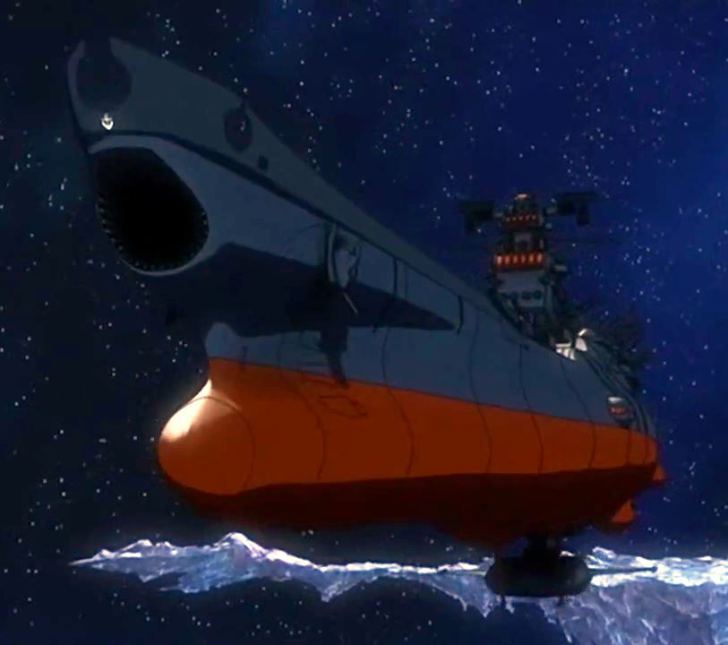
I remember I wouldn’t miss an episode, and forced my parents to watch all of them too (but I’m convinced they secretly liked it).
The story in a nutshell (beware of spoilers): in the year 2199 Earth is under attack from the Gamilas empire (Gamilon in the American version) which is launching hundreds of powerful nuclear bombs against our planet. Oceans evaporate and all vegetation disappears. Humans are forced to take refuge in underground cities, but radioactivity is gradually seeping underground. There seems to be no way out.
But suddenly a message arrive from Queen Starsha of the mysterious planet Iscandar. There is a device, called Cosmo DNA, capable of removing all the radioactivity contaminating the Earth. Since Iscandar is not exactly round the corner (it’s in the Large Magellanic Cloud, 148,000 light years away, give or take a couple of miles) the Queen is so kind as to send the blueprints of an engine which could take a spacecraft to Iscandar and back in less than one year, through a series of hyperspace jumps.
The message from Starsha manages to avoid all antispam filters and reaches the Earth authorities. They are so desperate they would believe anything, no matter how absurd. For some unknown reason, instead of building a brand new spaceship they decide to renovate the wreck of the Yamato, sunk in April 1945. A few minor repairs and a bit of anti-rust paint and there you go, the old wreck turns into the most advanced spaceship ever.
The patched up Yamato sets sail, so to speak, and a race against time and the Gamilas empire begins. I won’t reveal more of the plot.
As I mentioned, as a kid I watched the American version, which among other things had removed some mildly risqué scenes to preserve the purity of us innocent children. For example, in the Japanese version the ship doctor is an alcoholic and a shameless womanizer, and the same can be said of his robot.
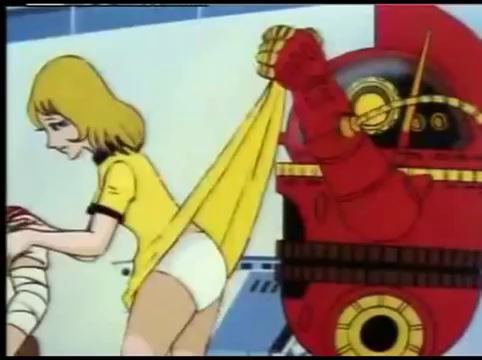
The first season was followed by several more, and by a few feature films. After a long hiatus, the franchise has returned with all guns blazing, quite literally:
- A new animation film in 2009.
- A live action film in 2010.
- The remake of the original series in 2012.
- The remake of the second original series in 2017. This time the villain is no longer Gamilas but the all-powerful Comet Empire.
I didn’t really go into raptures for the live action film, but I have to admit I mostly watched it for the presence of Meisa Kuroki. There, I’ve said it.
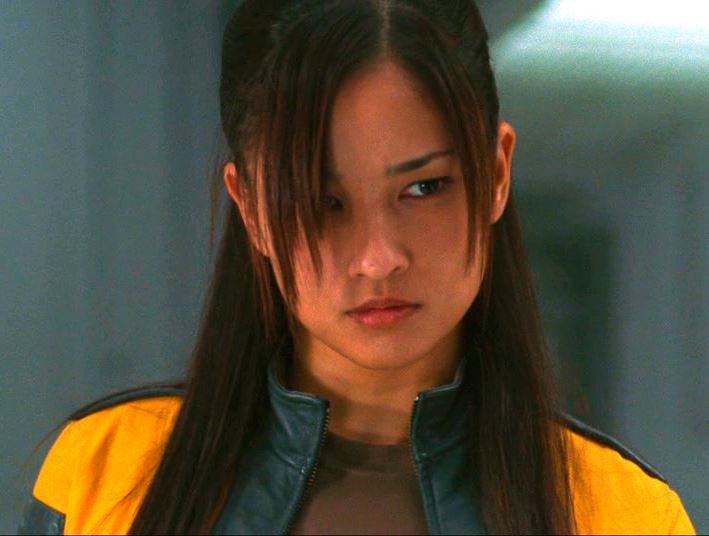
On the contrary, I have nothing but praise about the remakes of the first two original series. There’s obviously been a huge leap in animation technology, with a fluidity and richness of detail which were simply not possible in the Seventies. The plot has been overhauled too, with more space to female characters, who are given roles (like that of fighter pilot) which used to be more or less the exclusive of men. This kind of evolution was inevitable, since things have changed a lot in the past forty years (and thank goodness they have), but it should be welcomed nonetheless.
All this aside, why do I find this series so fascinating? As a kid I was enthralled by an epic story with plenty of spaceships, guns and explosions. Now, as an overgrown kid, I can appreciate nuances I had missed before. Just to make an example, the way in which Japan’s recent history enters the story, with a battleship sunk in 1945 now becoming the last hope of all mankind. It’s interesting to note that in the American version of the 1970s series the spaceship is called Argo, and the scene showing the sinking of the original Yamato has been cut.
Then there is the inevitably complex relationship of Japan with nuclear weapons. We can obviously see it in the atomic bombardment waged by the Gamilas empire against Earth, but also, paradoxically, in the wave motion gun, the most powerful weapon of the Yamato.
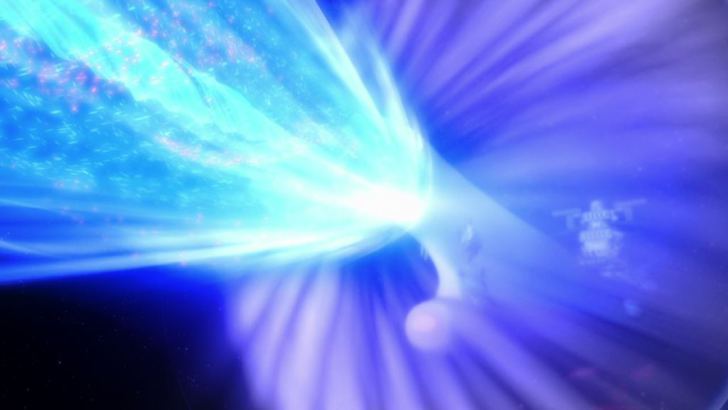
Allow me to slip in another spoiler to elaborate on this point. In one of the first episodes, the Yamato faces a Gamilas base built on an island floating in the atmosphere of Jupiter (Earth astronomers haven’t discovered them yet, but such islands are extremely common on Jupiter). The island is covered in a thick jungle, a clear reference to the Pacific theatre of World War II, where the original Yamato operated.
Anyway, captain Okita (Avatar in the American version), who’s essentially the Japanese version of Captain Birdseye, decides the Gamilas base is as good a test target as any for the wave motion gun.
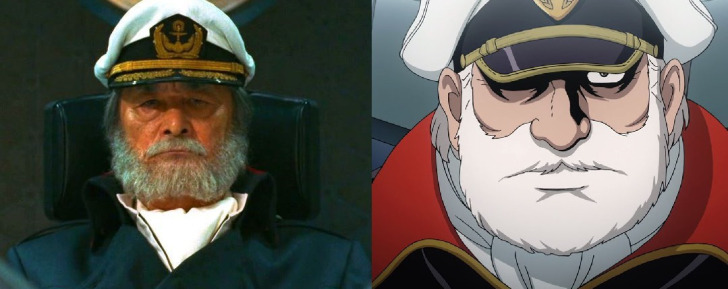
The idea is to destroy the enemy base with a single shot. Instead the gun pulverises the whole island. A picturesque Jovian island, with its luxuriant vegetation, gone forever.
On the Yamato, the scale of the destruction causes more than a hint of embarrassment. Wise Captain Okita, once he’s recovered from the shock, says more or less that the wave motion gun is an incredibly powerful weapon, and will have to be used with great care. I don’t know about you, but I can’t help but see a reference to the destructive power of nuclear weapons.
To sum up, this anime treated an “adult” theme like war without sweetening it. It entertained and inspired me, it made me think and ask questions. I’m glad that the franchise continues to this day, so that today’s kids, overgrown or not, can keep dreaming like I did with the original series.
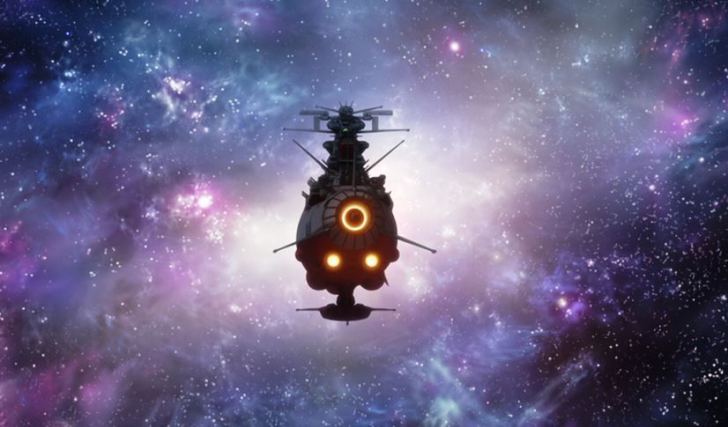
Image credits: The copyright on all images from the anime films and TV series, and from the live action film, is owned by their producers or publishers. Low resolution versions reproduced for commentary and criticism purposes, believed to qualify as fair use/fair dealing.